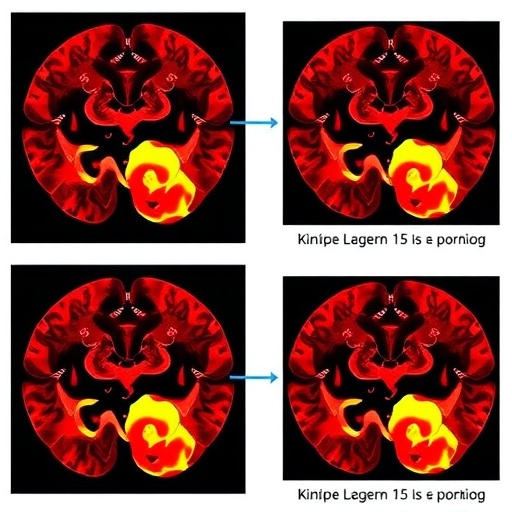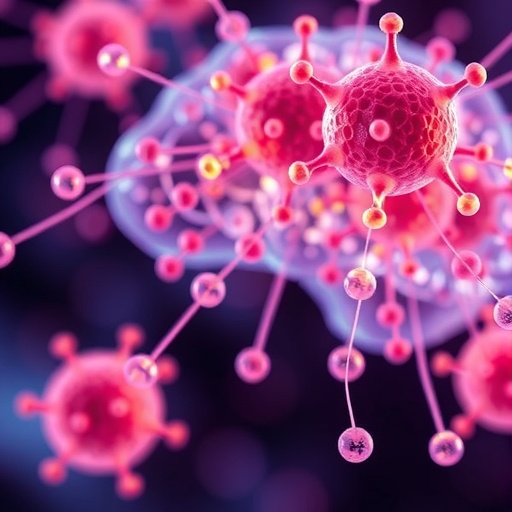BfR endorses proposed maximum levels, but foods with added fats should be restricted too
High levels of erucic acid in food can impair health. The health-damaging effects of erucic acid include fatty degeneration of the heart (myocardial lipidosis), during which fats (lipids) accumulate in the heart tissue. This may result in reduced contractility of the heart muscle which may become weaker. The lipidoses triggered by erucic acid are reversible.
The maximum levels for erucic acid in foods are regulated in EU Regulation (EC) No. 1881/2006. The maximum level is the legally established maximum permissible concentration of a substance in food, for example. It is a limit value determined by risk management which serves among other things as a trading standard and which can be achieved through good manufacturing practice. It is not a health based limit value, however, and it says nothing about whether an exceedance of the levels poses a health risk. The tolerable daily intake (TDI) is used to make a statement on health impairment, while also serving as a basis for deriving maximum levels.
The EU Commission has proposed to revise the existing maximum levels for erucic acid and to consider a reassessment of its maximum levels in foods that have not been regulated up to now. The European Food Safety Authority (EFSA) assessed the health risks posed by the consumption of foods containing erucic acid in 2016. The German Federal Institute for Risk Assessment (BfR) reviewed the proposal of the EU Commission on the basis of this data.
The EU Commission recommends the following maximum levels:
Vegetable oils and fats: 20 g/kg (currently:50 g/kg)
Foods with added vegetable oils and fats (excluding infant formula and follow-on formula): N/A (currently:50 g/kg)
Infant formula and follow-on formula: 4 g/kg (currently:10 g/kg)
Mustard: 30 g/kg (currently no max. level)
The BfR regards the proposed maximum levels as suitable to lower consumers’ intake of erucic acid from food. The BfR also advocates the determination of a maximum level for mustard.
Contrary to the currently valid regulation, maximum levels for foods with added vegetable oils and fats, such as fine bakery wares (cakes, biscuits, muffins, waffles etc.), are no longer contained in the proposal of the EU Commission. It can be taken from the EFSA opinion on erucic acid, however, that the tolerable daily intake can be exceeded in particular by small children who consume large quantities of these foods. The BfR therefore recommends limit-ing the levels of erucic acid in this food category also in future.
###
Media Contact
Suzan Fiack
[email protected]
0049-301-841-24300
Related Journal Article
https:/
http://dx.




